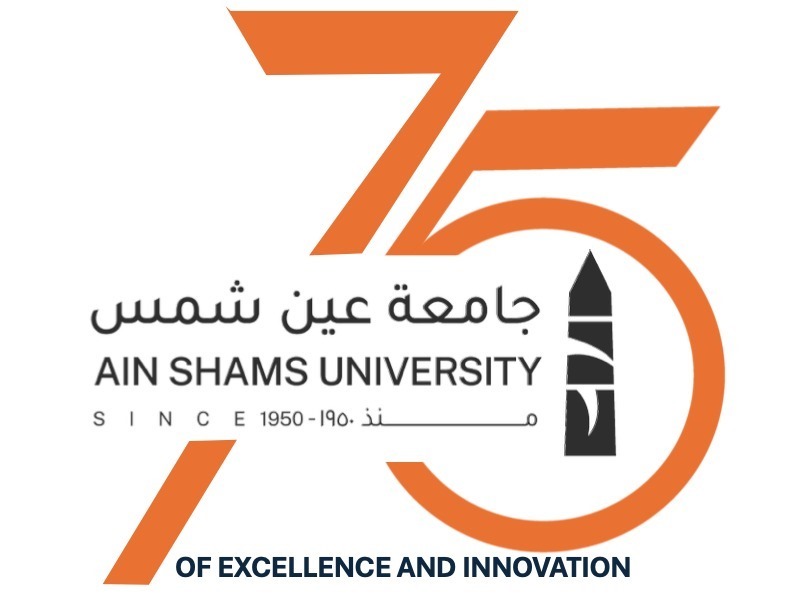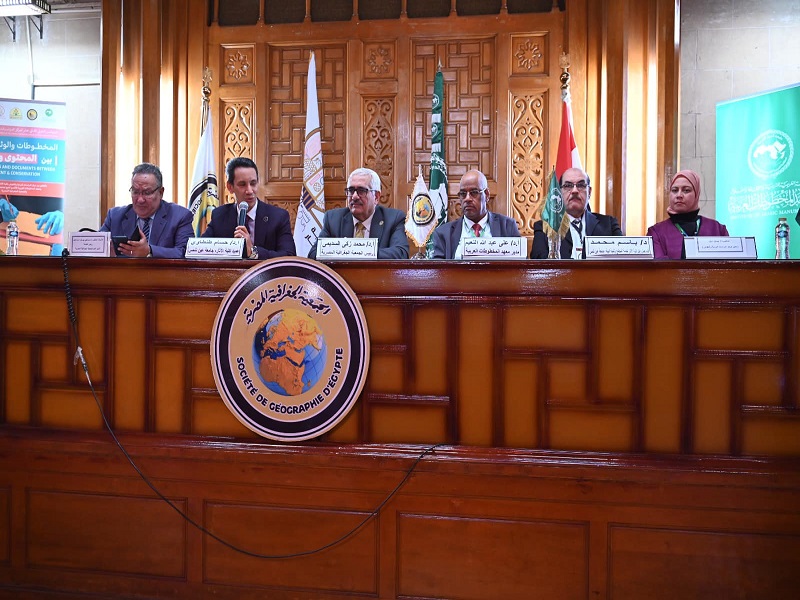The closing of the 12th International Conference of the Center for Papyrological and Epigraphic Studies
The activities of the 12th International Conference of the Center for Papyrological and Epigraphic Studies concluded on Monday, February 17, under the title: Manuscripts and Documents between Content and Maintenance. The conference was held under the patronage of Prof. Mohamed Diaa Zain El-Abedeen, President of Ain Shams University, Prof. Ghada Farouk, Vice President of the University for Community Service and Environmental Development Affairs, and chaired by Prof. Hossam Tantawy, Dean of the Faculty of Archeology, and supervised by Dr. Basem Mohamed, Acting Vice Dean of the Faculty for Community Service and Environmental Development Affairs, and coordinated by Dr. Iman Nabil, Director of the Center for Papyrological and Epigraphic Studies, and held in cooperation with the Institute of Arab Manuscripts at the League of Arab States and the Egyptian Geographical Society.
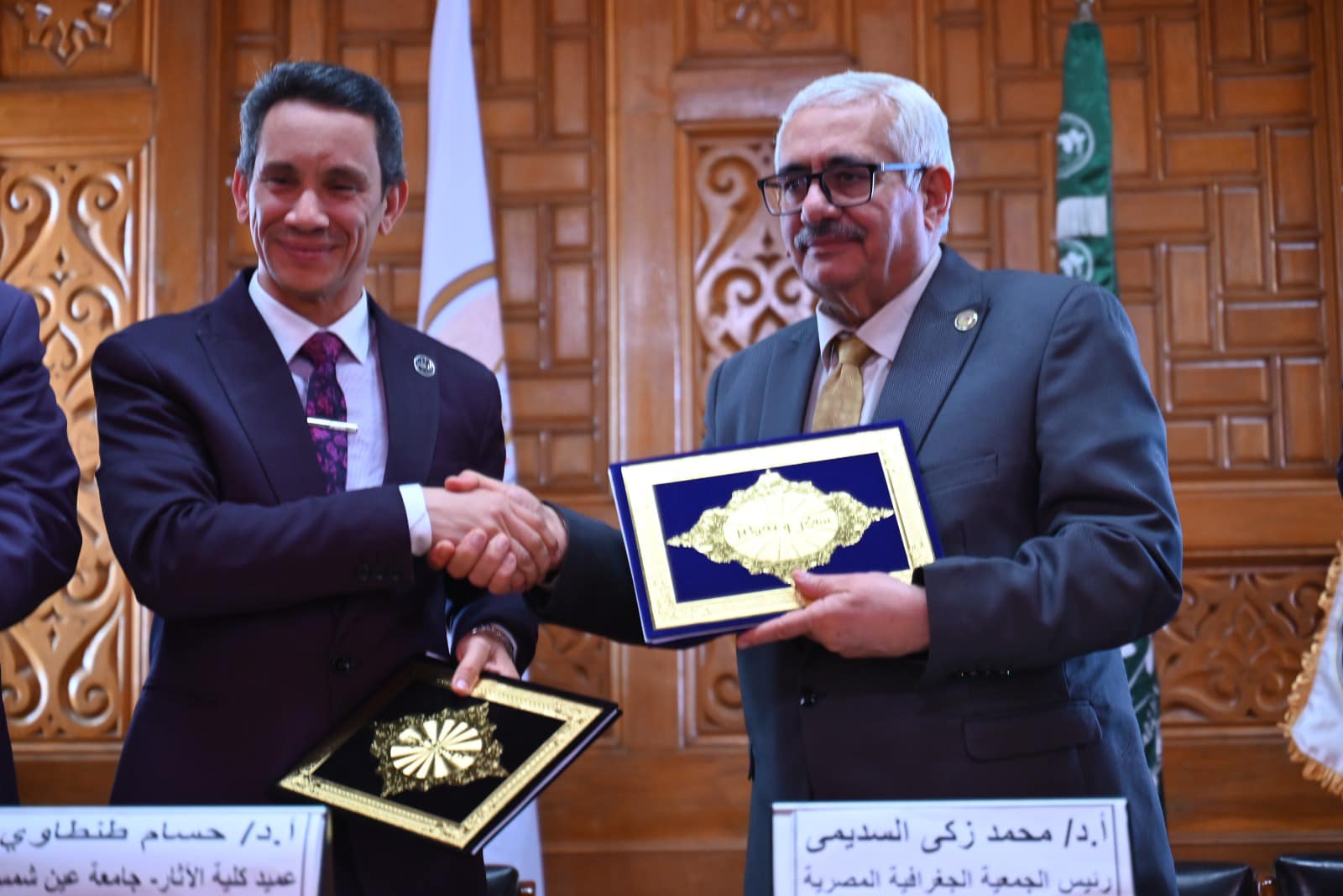 |
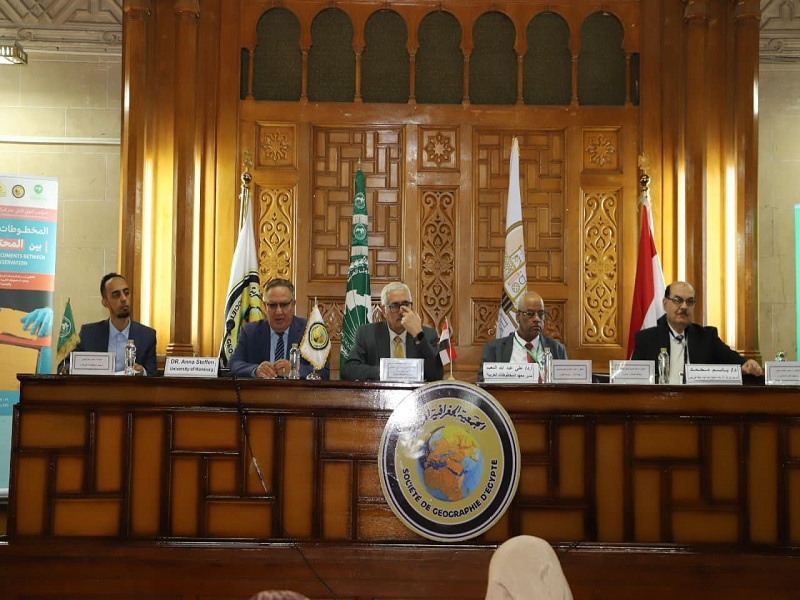 |
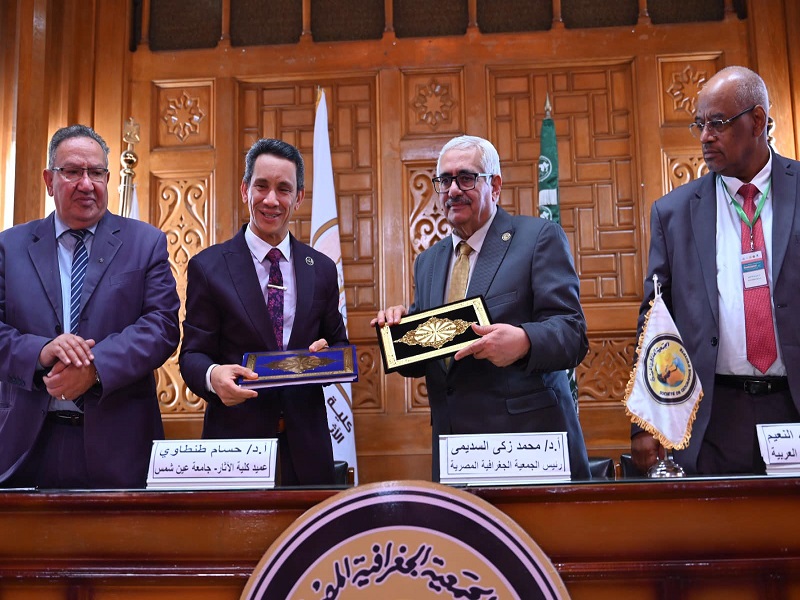 |
||
The Royal Hall of the Society hosted the second day of the conference, and its research dealt with the geographical axis and maps, and presented important research that dealt with an important map of Palestine and the journey of the Holy Family, the documents of the Noble Sanctuary in Jerusalem and the cartographic heritage as a multi-data source for understanding climate change - applied to the maps of the city of Rashid, as well as presented research in the new restoration axis in the restoration of manuscripts and parchment and the correct methods of display and preservation, and the technology axis research shed light on digitization and the use of modern cameras and modern scanners.
The conference came out with the following recommendations aimed at preserving and digitizing manuscripts; based on international practices and the best methods in this field:
First: Preserving and maintaining manuscripts
* Improving the storage environment: Manuscripts should be stored in a tightly controlled environment with temperature and humidity, avoiding direct exposure to light and pollutants.
* Using safe preservation materials: Storing manuscripts in non-acidic covers and boxes, and using acid-free paper in restoration processes.
* Handling with caution during examination: When examining manuscripts, cotton gloves should be worn, and soft tools should be used to avoid causing damage.
* Preventive maintenance: Conducting periodic examinations of manuscripts to detect any damage due to humidity, fungi, or insects, and taking appropriate measures.
* Using modern technology in restoration: Adopting techniques such as spectral imaging and infrared rays to detect invisible or damaged texts.
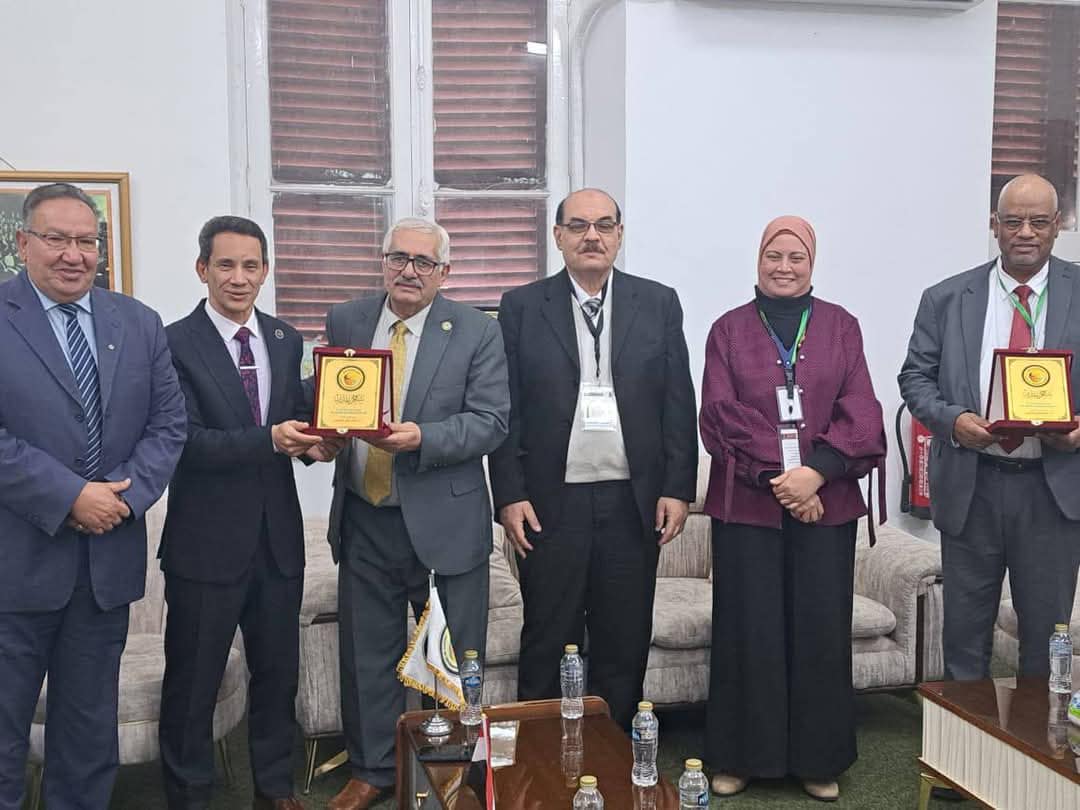 |
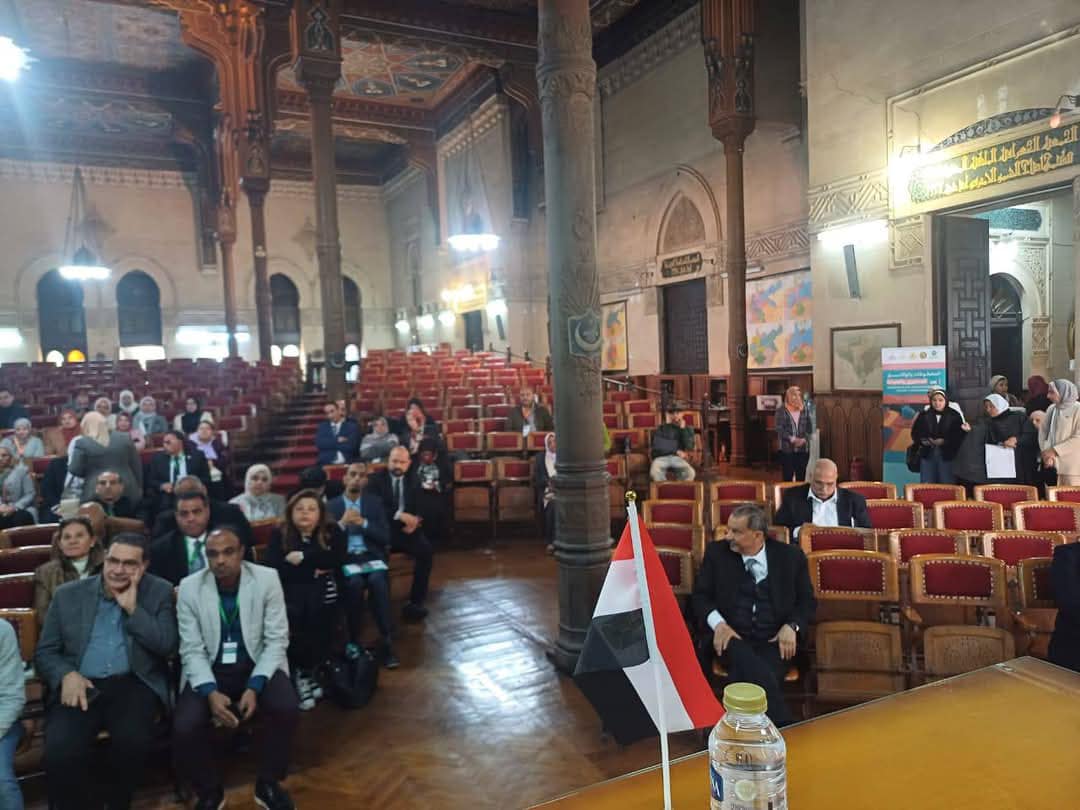 |
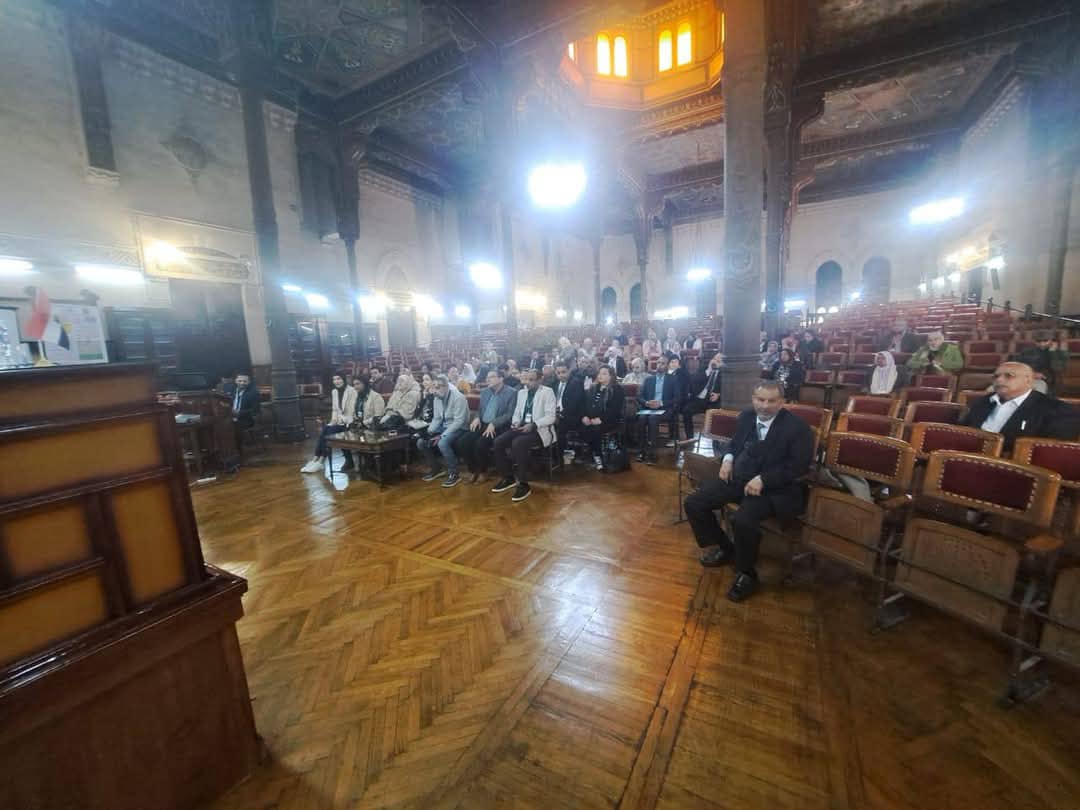 |
||
Second: Study and Investigation of Manuscripts
* Preparing accurate scientific indexes: Facilitating access to manuscripts by preparing indexes that include detailed data on the title, author, date of copying, and characteristics of the manuscript.
* Verifying texts according to a scientific approach: Adopting a critical investigation approach based on comparing different copies, documenting textual differences, and providing explanatory comments.
* Involving researchers in heritage investigation: Encouraging universities and research centers to adopt manuscript investigation projects, and providing financial and logistical support for them.
* Relying on manuscripts in scientific studies: Enhancing the use of manuscripts in academic research, especially in the fields of jurisprudence, medicine, astronomy, and history.
Third: Digitizing and archiving manuscripts
* Photographing manuscripts with high quality: Using scanners or high-resolution digital photography to ensure preserving the quality of texts and drawings.
* Using modern archiving systems: Adopting advanced programs to save and manage data, to ensure data organization and easy retrieval.
* Providing open access: Publishing digital manuscripts on open platforms for access, such as digital libraries of manuscripts, while respecting intellectual property rights.
* Protecting digital copies: Saving backup copies in multiple locations, and using encryption techniques to prevent modification or forgery.
* Integrating artificial intelligence into indexing and research: Developing tools based on artificial intelligence to extract information from manuscripts, and analyzing handwritten texts.
Fourth: Spreading awareness of the importance of manuscripts
* Organizing exhibitions and lectures: Increasing cultural awareness through interactive exhibitions and lectures on the history and importance of manuscripts.
* Encouraging international cooperation: Strengthening partnerships between academic institutions and global libraries to preserve manuscript heritage and exchange experiences.
These recommendations aim to preserve manuscript heritage and ensure that future generations benefit from it.


.svg)
